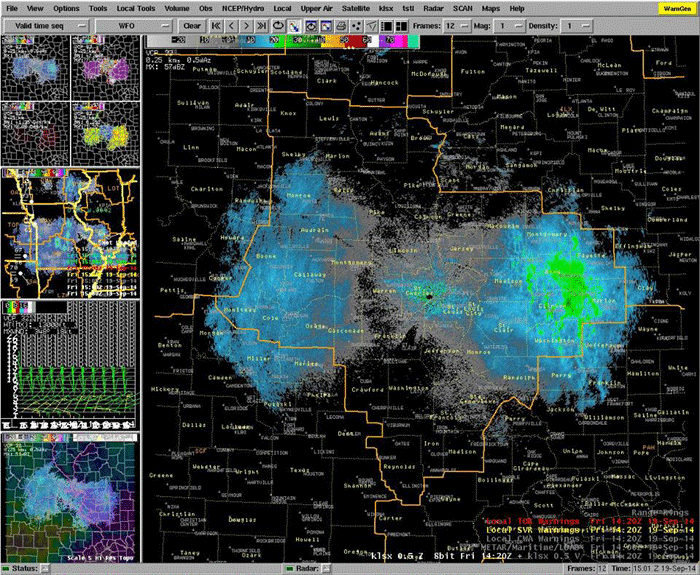Biogeography
Biogeography is the study of the distribution of animals.
Poachers Use Academic Journals to Target Newly Discovered Species
Academics have now started to omit the geographical information from their articles in order to protect endangered species from exploitation.

Are Ecosystems That are Rich in Biodiversity More Resilient to Diseases?
An ecosystem that is rich in biodiversity is stronger and more resilient to diseases, a recent series of studies has shown.

How Many Trees are There in the World?
According to the latest research, the total number of trees in the world is 3.041 trillion (that’s 3,041,000,000,000). The revised number is ...

Map of the World Without Humans
In a world without humans, elk and buffalo would roam the Great Plains and elephants might still trumpet across Europe.

The Urban Heat Island Effect is Triggering Larger and More Spiders
Researchers in Australia have found that the urban heat island effect results in larger and more abundant spiders.

Gap Analysis
Gap analysis in ecology identifies areas where species lack protection, comparing actual habitats to areas conserved in order to guide conservation efforts.

Island Biogeography
The biogeography of islands is a fascinating topic that extends to more than just island locations. The ‘island’ part of ...

Mass Movements So Large You Can See Them on Radar
The U.S. National Weather Service in Saint Louse, Missouri recently reported that a butterfly shaped pattern on its radar was the result of... butterflies.

Animal Navigation Through Magnetoception
Magnetoception is the ability for certain animals to orient themselves based on the earth’s magnetic field.

Centennial of the Extinction of the Passenger Pigeon
September 1, 2014 marks the hundred year anniversary of the extinction of the Passenger Pigeon. Passenger pigeons were once the ...

Unique Features of the Australasian Geographic Zone
Australasia is a unique geographical and ecological zone compromised of Australia, New Zealand, New Guinea, and other small islands nearby.

Island Biogeography of the Great Basin
The theory of island biogeography is one of the explanations as to why speciation occurs.

Using GIS to Pinpoint Osama bin Laden
A UCLA report revealed the results of a GIS study on emphasizing the likely location of Osama bin Laden.
Line in the Sand – How the Same Species Differ Across Borders
A study from the University of Haifa looked at differences between rodent, reptile, and ant lion species in Jordan and Israel.

Biogeography of the Californian Trapdoor Spider
Californian trapdoor spiders are found in a wide range of habitats and climates, ranging from hot, dry cresote bush scrub to cool montane red fir forests, and wet coast redwood forests.

How Space and Time Affect Conservation Biology
Time and space are two extremely important concepts that are central to formulating theories and models in biotic conservation.
